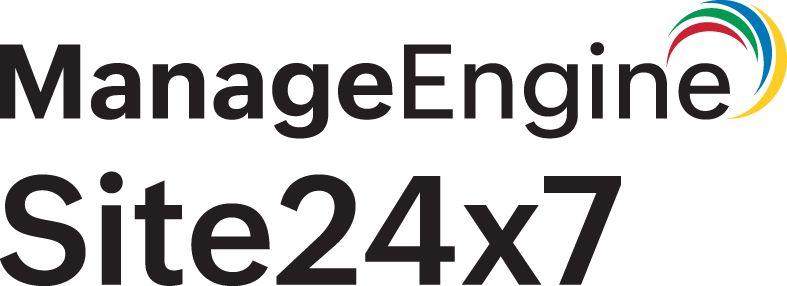Azure monitoring best practices using Site24x7
Site24x7’s Azure monitoring provides deep visibility into your Azure infrastructure by collecting performance, availability, and usage metrics. To ensure efficient and effective monitoring, follow these best practices, categorized by functional areas.
Prerequisites
Provide required access: In the Azure portal, assign appropriate role-based access (RBAC) to Site24x7 for seamless integration and monitoring across your subscriptions.
Allowlist Site24x7 IPs: Ensure Site24x7’s IP addresses and domains are allowlisted in your Network Security Groups (NSGs) or firewalls, especially for VM-level monitoring.
Site24x7 Azure integration
Auto-add new subscriptions: Enable the Auto-add new subscriptions for monitoring option to automatically include future subscriptions.
Onboarding approaches: When onboarding Azure monitoring, consider the different approaches based on your level of control over the environment. Onboarding at the management group level offers enhanced flexibility, including the ability to onboard multiple subscriptions in bulk. Alternatively, onboarding at the individual subscription level is suitable when granular control is required. Choose the onboarding method that best aligns with your governance model and operational needs.
Selective resource monitoring: Choose only the Azure services critical to your environment. For example, if you use Azure VMs but not Azure Data Factory, uncheck the latter from the resource selection menu.
Tag-based organization: Use tags in both Azure and Site24x7 to organize resources by environment, department, or priority, simplifying monitor management.
Enable auto-discovery: Always enable the Auto-discover New Resources setting to ensure new resources, especially in auto-scaling environments, are automatically monitored.
Monitor service availability: Use uptime checks for Azure VMs, Web Apps, and other services to proactively detect outages.
Metrics collection and optimization
Customize threshold profiles: Define threshold values aligned to your workload needs to trigger actionable alerts.
Enable AppLogs integration: Use Site24x7’s AppLogs feature to analyze Azure diagnostic logs efficiently for faster troubleshooting.
Enable service quota monitoring: Monitor your service quotas to track your quota usage based on different regions and criticality.
Dashboards
Create custom dashboards: Build personalized dashboards to visualize performance, health, and availability of business-critical Azure services.
Reports and analytics
Enable Guidance Reports: Use Site24x7 Guidance Reports to receive alerts when resources are underperforming, underutilized, or pose potential security risks.
Customize guideline values: Tailor the threshold values that trigger Guidance Reports. For instance, get alerts for unused VMs after one week instead of the default two.
Alerting and notifications
Multi-channel alerts: Set up alerts via email, Slack, Microsoft Teams, or other platforms to ensure prompt issue resolution.
Custom email templates: Enable tailored email formats for better clarity and contextual alerting.
Tags for monitoring
Automated grouping: Use Azure tags to automatically categorize and group monitors in Site24x7.
Cost and resource visibility: Apply meaningful tags to track usage and manage resources by teams or functions.
Security and compliance
Follow the principle of least privilege: Assign Site24x7 only the permissions it needs to monitor your Azure environment securely.
Review security best practices: Refer to Site24x7 and Azure documentation to strengthen account security and compliance.
By adhering to these best practices, you can maximize the value of Azure monitoring using Site24x7—achieving improved performance visibility, proactive alerting, and streamlined operations across your Azure cloud infrastructure.
